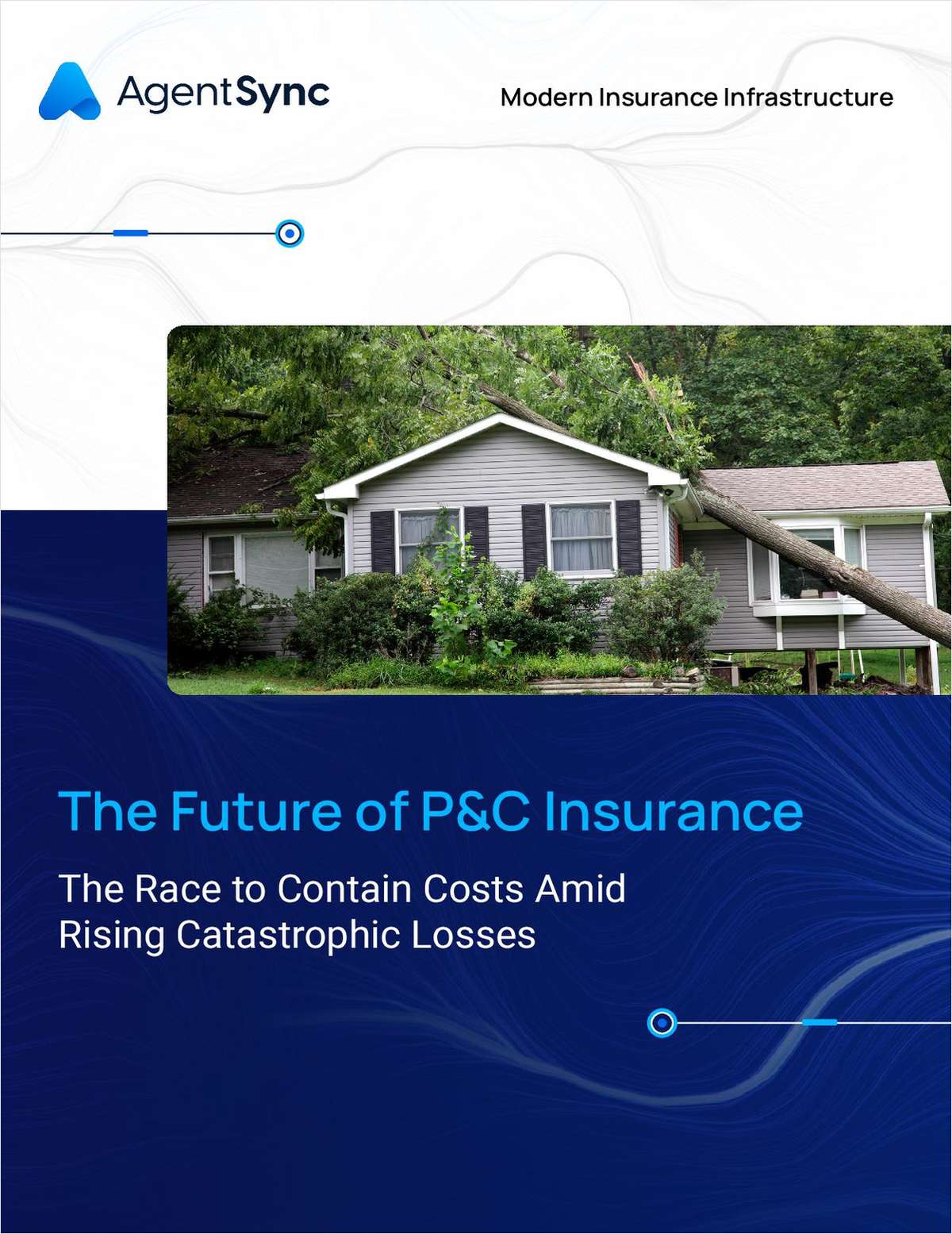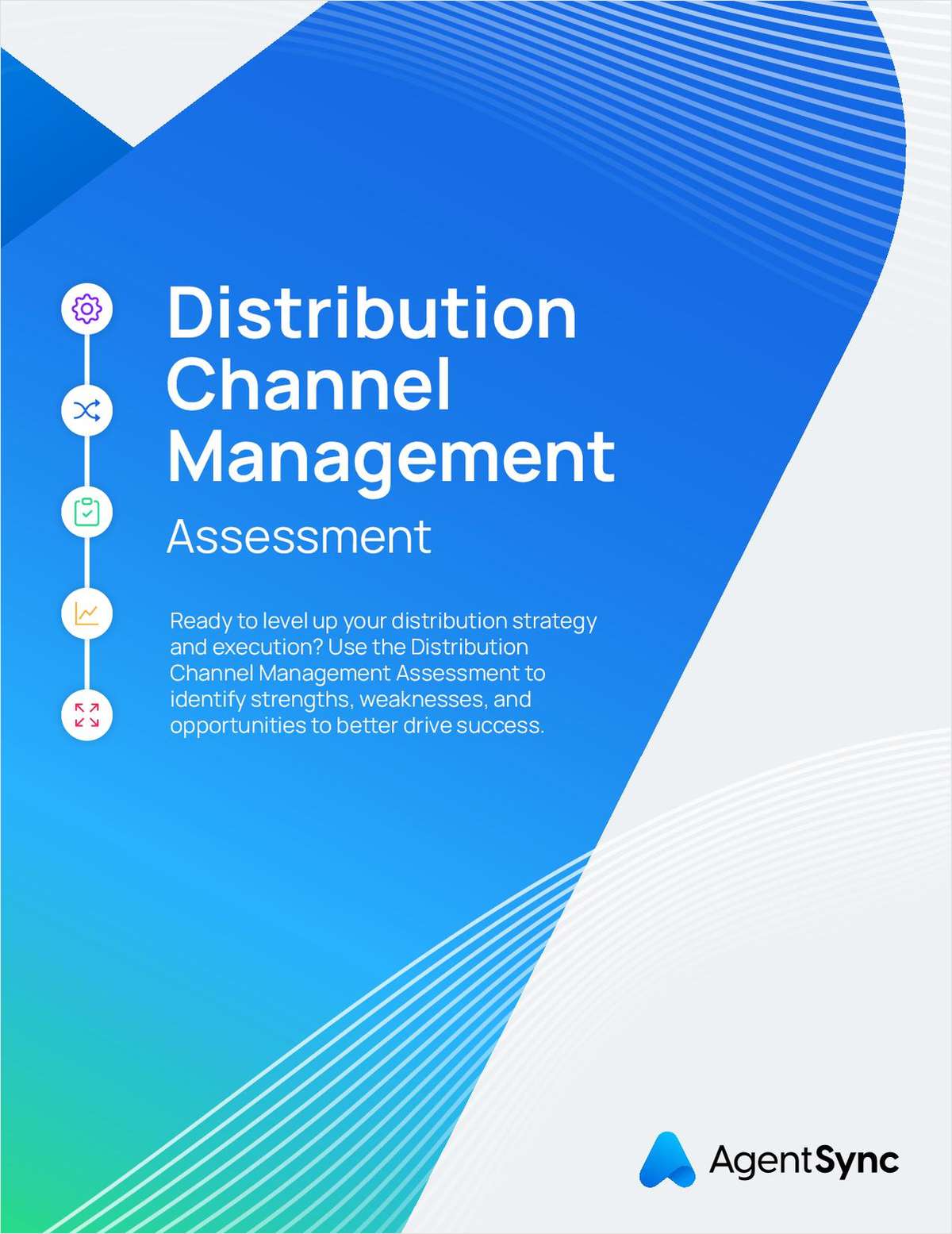Wildfires have grown from being regional or seasonal problems as the wildfire season throughout the United States often runs the entire year and in a variety of locations.
“At one time, wildfires were burning continuously in the state of Texas over an 18-month time span,” says Lamont Norman, Global Product Manager/Insurance Risk Data, Pitney Bowes Software. “It's no longer a seasonal issue. It's also not a regional issue.”
Pitney Bowes recently announced the launch of the first national wildfire risk software solution for the insurance sector. The Pitney Bowes Risk Data Suite Wildfire Bundle for property & casualty insurers is available for commercial and private markets.
California is the leader in terms of wildfire loss, but in recent years fires have caused extensive damage in Colorado; Austin,Texas; and Oklahoma. According to the National Interagency Fire Center, more than 82,000 wildfires occurred across 10 million acres in the U.S.last year.
Insurers can now attribute accurate wildfire risk ratings during the underwriting process to any commercial or private location in the United States. Underwriting calculations can integrate wildfire risk in much the same way they account for flood risk to establish correct policy pricing.
Norman pins part of the blame for the fires on a global climate change, but he also points to the encroachment on the wild land/urban interface as another factor.
“Fires are becoming more threatening and prevalent,” he says.
Norman maintains the science behind fire risk modeling has been inferior. Most models were based on what was fueling the fires, such as the vegetation grown in a particular area.
“Most models appear to ignore fire behavior modeling, multiple fuel sources and the wildland urban interface,” he says.
Models need to take into account suppression capabilities and, more significantly, actual fire behavior science, according toNorman.
The data suite supports cat modeling with fire behavior science provided by Anchor Point Group Fire Management Consultants. Pitney Bowes is working with Anchor Point to change the sophistication of fire risk modeling.
“Most of that has to do with bringing in fire behavior science,” says Norman. “[Anchor Point] has a fire behavior analyst on staff. There are only 42 of these analysts in the U.S. Forty work with FEMA, one doesn't care about insurance, and the other is working with Anchor Point Group.”
Norman compares these analysts to someone who has a PhD.
“They are few and far between,” he says. “That experience is brought to bear with this solution. Anchor has been doing this kind of work for over 10 years. They go into communities and determine where the wildfire risk truly is.”
Bill Sinn, strategic industry director in the insurance practice at Pitney Bowes, feels the technology will prove invaluable for insurers operating in areas where wildfires are a distinct possibility.
“With Anchor Point and the solution we created, [modeling] gets to a granular level,” says Sinn. “Carriers are constantly looking for better ways to price possibilities and looking at their risks. This solution is more detailed in identifying those risks and allowing them to mitigate the risk.
In 2011, damage from wildfires reached the fourth-highest total in history. The problem is compounded by the large shift in population to areas that have a higher propensity for wildfires—mountainous regions and areas close to forests.
“With this model you can get a more accurate and defined view of what those risks are,” says Sinn.
The good news for insurers is there is a lot of information on wildfires that is accessible; unfortunately, much of it has gone unused, according to Norman.
“As wildfires become a more national problem, this is an opportunity for us to come up with a better solution for the market,” says Norman. “We have turned this into a more precise, predictable, and understandable solution than what we currently see in the market.”
Want to continue reading?
Become a Free PropertyCasualty360 Digital Reader
Your access to unlimited PropertyCasualty360 content isn’t changing.
Once you are an ALM digital member, you’ll receive:
- Breaking insurance news and analysis, on-site and via our newsletters and custom alerts
- Weekly Insurance Speak podcast featuring exclusive interviews with industry leaders
- Educational webcasts, white papers, and ebooks from industry thought leaders
- Critical converage of the employee benefits and financial advisory markets on our other ALM sites, BenefitsPRO and ThinkAdvisor
Already have an account? Sign In Now
© 2024 ALM Global, LLC, All Rights Reserved. Request academic re-use from www.copyright.com. All other uses, submit a request to [email protected]. For more information visit Asset & Logo Licensing.








